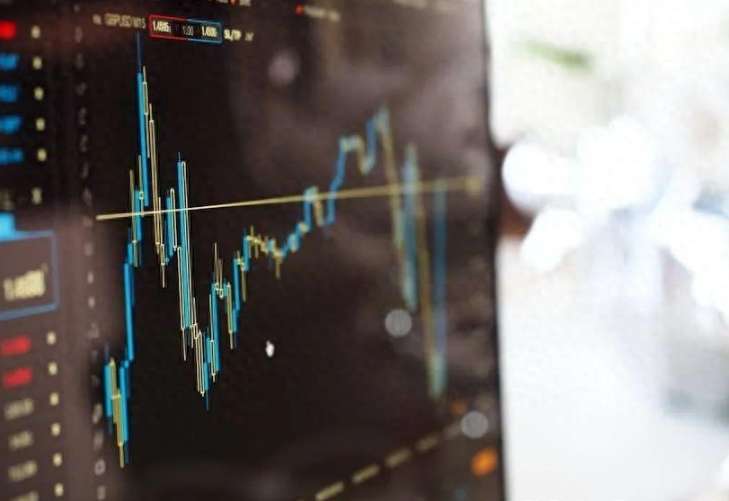Unexpected Cooling of Core CPI in the U.S.
Advertisements
The recent announcement regarding the Consumer Price Index (CPI) in the United States has shifted the focus of financial markets and economists alike. December marked the first easing of the core CPI in several months, leading traders to bet on a 50% chance of a second interest rate cut by the Federal Reserve before the year's end. This pivotal moment signals a potential turning point in the economic landscape, stirring up implications for inflation, monetary policy, and overall economic stability.
As disclosed in the latest inflation report released Wednesday, the overall CPI for December aligned closely with market expectations, yet it was the core CPI that captured attention with its moderation. Specifically, the seasonally adjusted month-on-month CPI reached 0.4%, the highest spike since March 2024, surpassing both preceding values and market forecasts of 0.3%. Meanwhile, the unadjusted year-on-year CPI recorded an increase of 2.9%, which was consistent with anticipated figures, highlighting a mild uptick from the previous 2.7%.
The intricate interplay of various components revealed that energy prices significantly influenced the overall CPI figures. In particular, gasoline prices surged by 4.4% during the month, accounting for over 40% of the monthly increase across all categories. This underscores the volatility often associated with energy prices and their weight in consumer spending patterns.
In the aftermath of the CPI release, market responses were rapid and pronounced. Rate futures traders now foresee a reduction in interest rates by June, and projects have emerged indicating that there might be a 50% likelihood of another cut by the close of 2025. Following the release, the dollar index experienced a brief but noticeable dip, with gold prices climbing nearly $10, touching the $2690 mark. This development showcased a ripple effect across global currencies, with significant fluctuations in the performance of non-dollar currencies. The British pound surged over 60 points against the dollar, reflecting a renewed confidence among investors.
Yet, these economic indicators do not solely chart a steady course for monetary policy. The dynamics within the employment market remain robust. Unemployment rates are at a historic low, signaling a healthy job sector that may deter the Federal Reserve from making further cuts in the near term. As highlighted by noted analysts, low CPI figures could imply a stabilizing market, suggesting that inflationary pressures are easing. However, if employment maintains its current momentum, the Fed might hesitate to employ interest rate cuts as a tool to stimulate economic activity, for fear of reigniting inflation.
Aditya Bhave, a senior expert at Bank of America, recently predicted that the Federal Reserve would refrain from implementing any further rate cuts within the year. In an interview with Bloomberg Television, he acknowledged the latest CPI data as promising, emphasizing the importance of considering a multitude of factors beyond just this single data point. According to Bhave, the vitality of the job market and the ongoing strength of the economy must be taken into account before any drastic monetary policy modifications.

Through the lens of the newly published CPI data, senior analysts Ira F. Jersey and Will Hoffman from Bloomberg Industry Research reflected on the broader market reactions. They observed that the report, which largely met expectations, led to a palpable sense of relief among market participants who had previously harbored concerns about escalating inflation. This rebound in market activity indicated a rejuvenation of investor sentiment, as optimism surrounding economic prospects began to resurface.
A further analysis by Jersey posited that given the current robust economic indicators, the Fed may be nearing the end of its interest rate cutting cycle. He speculated that the Fed might execute one last rate cut in March, contingent on forthcoming economic data. However, the behavioral patterns of consumers will play a pivotal role in shaping the Fed's future decisions. An increase in consumer spending tends to propel aggregate demand and, conversely, might pressurize pricing levels upward, exacerbating inflation concerns. Conversely, a moderation in consumer expenditure could signal a deceleration in price increases and potentially prompt the Fed to reconsider monetary interventions.
In conclusion, the December CPI report acts as a focal point in a complex web of economic factors shaping monetary policy. While it signals potential easing in inflationary trends, the health of employment must remain a crucial factor in policymakers’ considerations. As financial markets adapt to these developments, the combined effects of consumer behavior and economic indicators will undoubtedly shape the trajectory of the U.S. economy in the year ahead, highlighting how interconnected and intricate the decision-making processes at the Federal Reserve truly are.
Leave a Reply
Your email address will not be published. Required fields are marked *